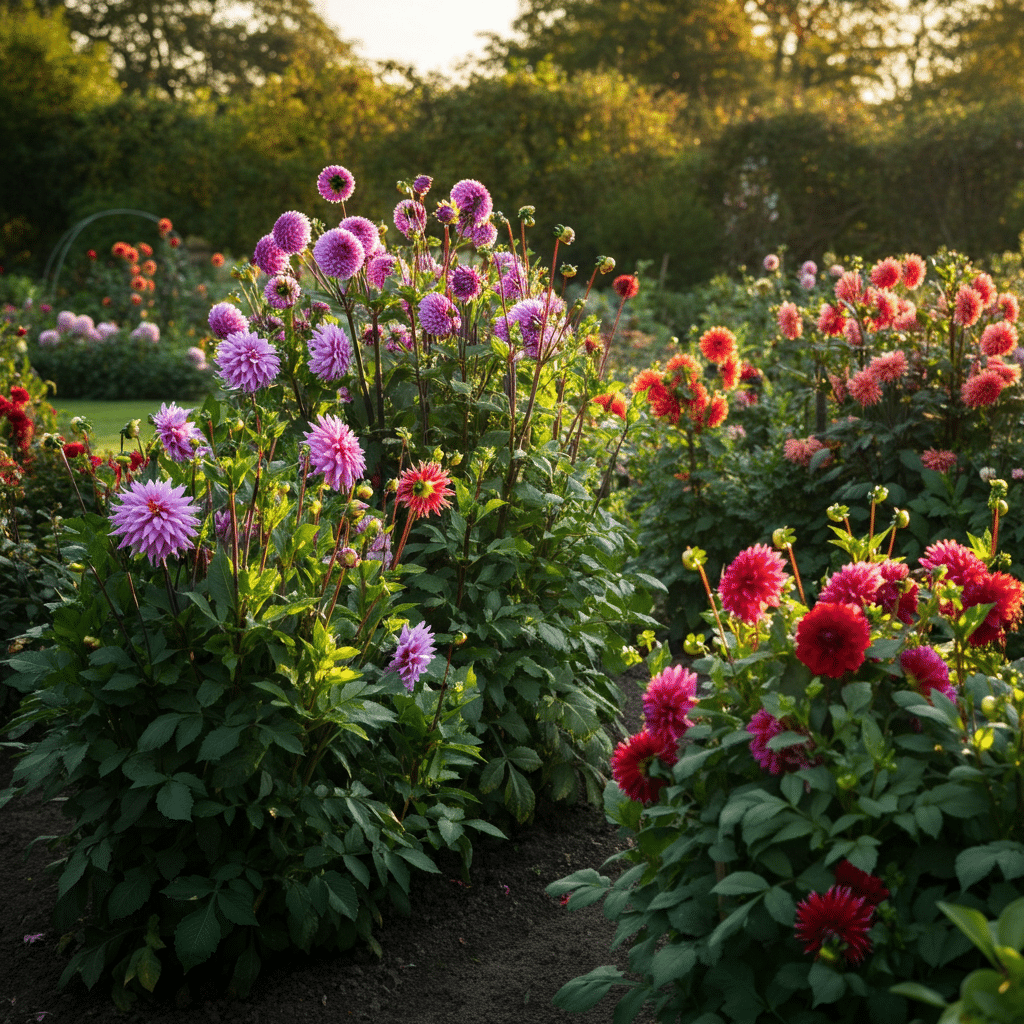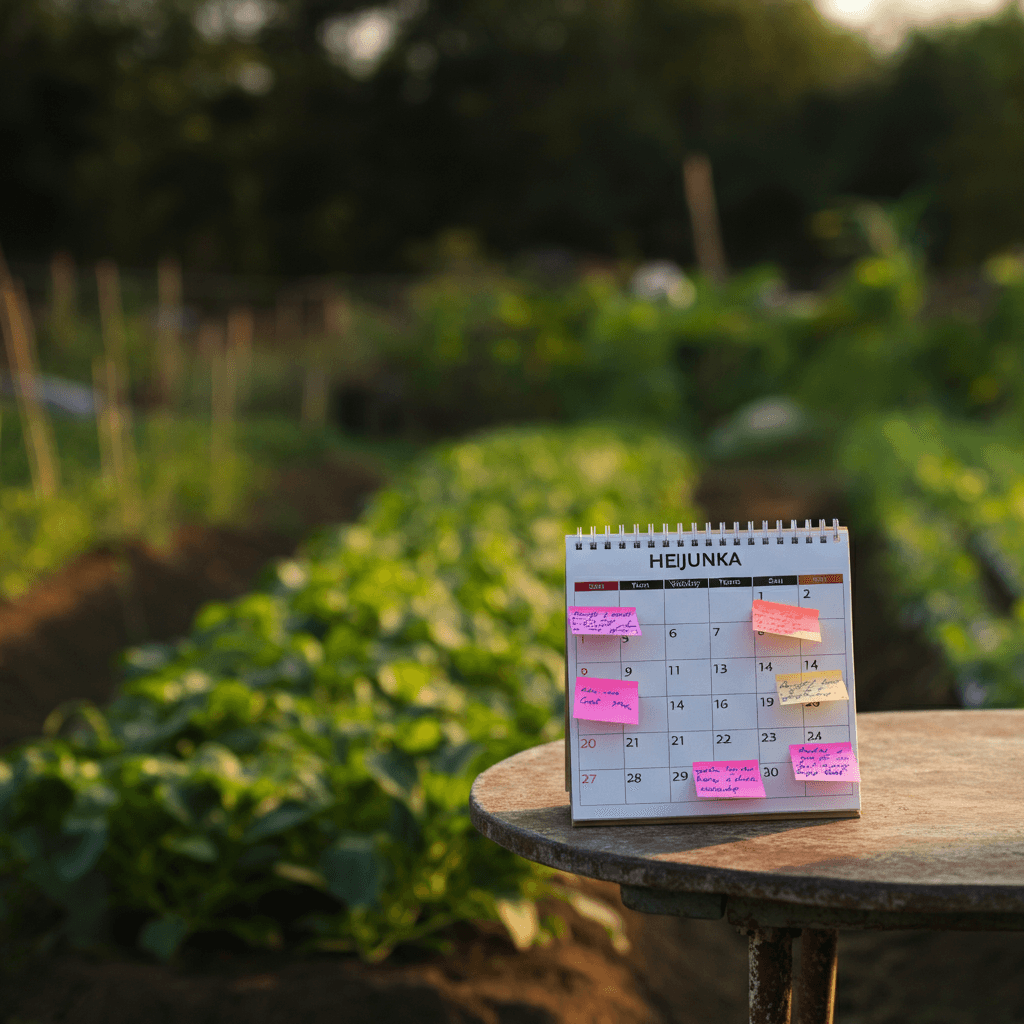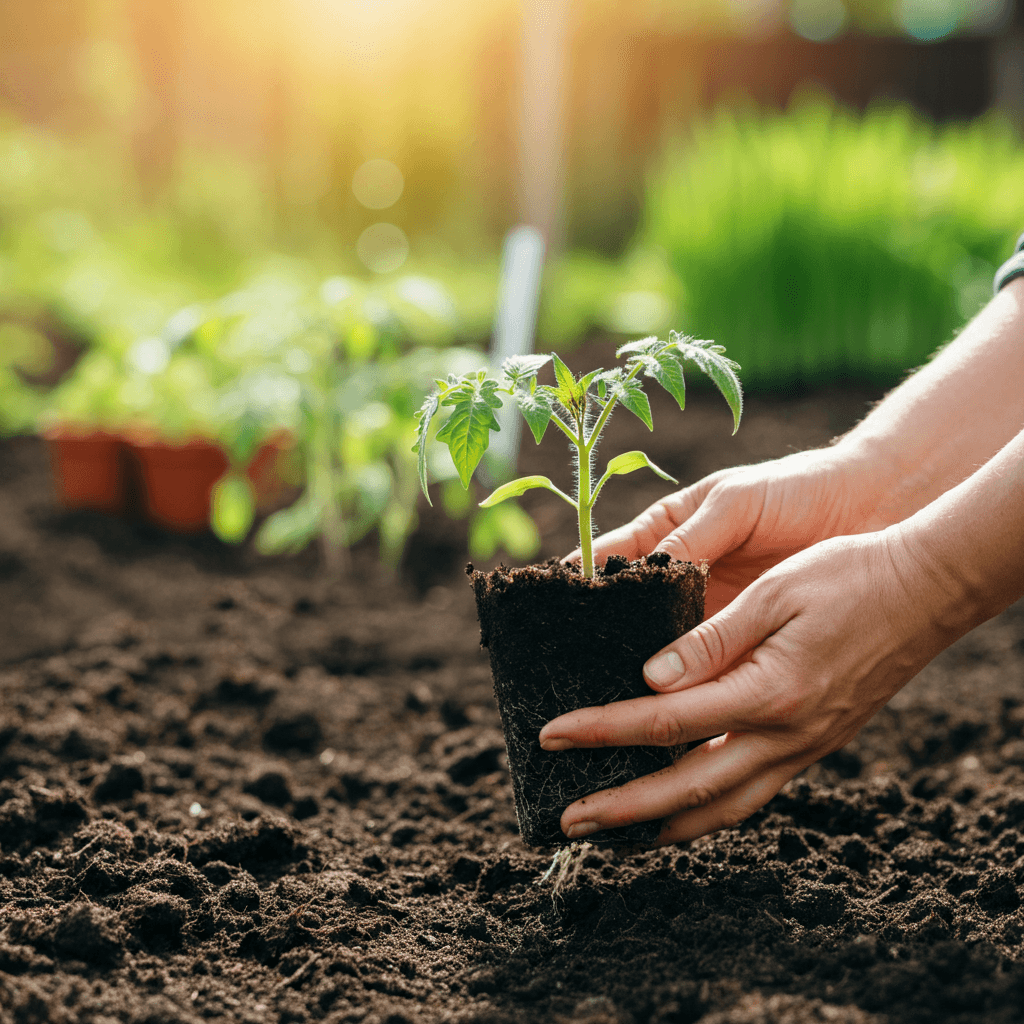Dahlias are perhaps one of the most rewarding flowers you can grow in your garden. These stunning blooms offer an incredible range of colors, shapes, and sizes, making them a favorite among gardeners and floral enthusiasts alike. Whether you’re a seasoned gardener or just starting, mastering the art of growing dahlias will transform your garden into a picturesque retreat from mid-summer to fall.
This guide will walk you through everything you need to know about growing dahlias successfully. From planting tubers to keeping pests at bay, you’ll find actionable tips and expert advice to cultivate vibrant, breathtaking blooms.
Why Grow Dahlias?
Before we jump into the nitty-gritty, here’s why dahlias deserve a space in your garden:
- Variety. With countless dahlia varieties like ball, pompon, cactus, and dinnerplate, there’s a bloom to suit every aesthetic.
- Extended Bloom Time. Dahlias flower from July through October, adding impactful color and charm to your garden.
- Easy Maintenance. Contrary to popular belief, dahlias are not finicky plants. A little care goes a long way in producing show-stopping blooms.
- Cut Flower Perfection. Dahlias are ideal for floral arrangements. Cutting them encourages more blooms, so your garden stays lush and productive.
Essential Tips for Growing Dahlias
1. Choosing Dahlia Tubers
The key to growing vibrant dahlias starts with selecting high-quality tubers. These tubers are essentially the foundation of your plants, holding all the nutrients and potential they’ll need to grow. Look for tubers that are firm and have visible “eyes” or buds. Avoid shriveled or moldy ones, as they may struggle to grow.
2. Picking the Right Spot
Dahlias thrive in full sunlight, so choose a spot in your garden that gets at least 6 to 8 hours of direct sunlight daily. While they can tolerate partial shade, too much shade can result in fewer flowers and slower growth. Ensure the location also has good airflow to prevent mildew and other diseases.
3. Preparing the Soil
Rich, well-draining soil is essential for healthy dahlias. Aim for a soil pH between 6.5 and 7.0. Improve soil fertility by incorporating organic matter like compost or well-rotted manure before planting. This ensures that your tubers are nestled in nutrient-dense soil that promotes vigorous growth.
4. Planting Dahlia Tubers
- Plant tubers after the last frost date in your region. Mid to late spring is typically ideal.
- Dig holes 6 to 8 inches deep and mix in bone meal or a balanced fertilizer.
- Place the dahlia tuber horizontally in the hole, with the eye facing upward. Cover it with 2 to 3 inches of soil.
Avoid watering at this stage; overwatering can lead to tuber rot. Wait until you see sprouts emerge before you water deeply.
5. Staking Dahlias
Some dahlia varieties, especially tall ones, require staking to prevent wind damage. Place 1-inch-square stakes into the ground at planting time to support the mature plants later. Tie the stalks loosely to the stake using garden twine as they grow, making sure not to obstruct natural growth.
6. Pinching and Deadheading
- Pinching Dahlias. Once your plants grow to about 12-16 inches tall, pinch out the topmost growing tip. This encourages bushier growth and results in a greater number of blooms.
- Deadheading Dahlias. Regularly remove spent flowers to encourage continuous blooming and prevent the plant from directing energy into seed production.
A Guide to Dahlia Care
Taking proper care of your dahlias is crucial for healthy plants and vibrant flowers. Here’s how to do it right.
Watering
Once your dahlias start growing, water them deeply once or twice a week, depending on the weather. Use about 1 inch of water per week but avoid waterlogging the soil. Consistent watering during hot, dry spells is essential.
Fertilizing
Dahlias are heavy feeders, so fertilize them monthly with a low-nitrogen fertilizer (e.g., 5-10-10) during the growing season. Too much nitrogen encourages leafy growth at the expense of flowers, so be cautious with the dosage.
Managing Dahlia Pests
Pests and diseases can put a damper on any flowering season if left unchecked. Here are some common issues and remedies.
- Aphids and Thrips. These pests can transmit viruses like dahlia mosaic virus. Spray with insecticidal soap or neem oil early in the season.
- Slugs and Snails. Keep them away by applying bait or copper tape and removing them manually after watering or rain.
- Earwigs. Trap these nocturnal pests by placing damp, rolled-up newspapers near plants overnight and disposing of them the next morning.
Extending Dahlia Life Through Overwintering
Dahlias are tender perennials, meaning their tubers cannot survive freezing temperatures. Follow these steps to overwinter your dahlias and prepare for next year.
- Cut the plants back to 2-4 inches after the first frost.
- Carefully dig up the tubers, being gentle to avoid damage.
- Rinse off soil and allow tubers to dry for a few days in a cool, shaded spot.
- Store the tubers in a ventilated box filled with slightly moistened sand or peat moss. Keep the storage area at 45-55°F.
Check periodically for signs of rot or shriveling, and address issues promptly by trimming rotted sections or misting lightly with water.
Exploring Dahlia Varieties
There’s no shortage of dahlia varieties to experiment with, ranging from the dramatic dinnerplate dahlia to the compact pompon. Here are some popular options to get you inspired:
- Dinnerplate Dahlias. Known for enormous blooms that can span up to 12 inches.
- Cactus Dahlias. Distinctive with their spiky, tubular petals.
- Pompon Dahlias. Small, compact blooms ideal for floral arrangements.
- Decorative Dahlias. Show-off blooms with wide petals and a formal, structured look.
Growing Dahlias From Seeds or Propagation
Would you like to grow more plants without breaking the bank? You can propagate dahlias either by seeds, cuttings, or dividing tubers.
- Seed Propagation. Ideal for bedding dahlias but requires patience, as the plants may not stay true to the parent variety.
- Cuttings. Use sprouting tubers to take cuttings, root them in a potting mix, and plant them once established.
- Dividing Tubers. Split tuber clumps into separate units, ensuring each has an eye.
This flexibility in propagation gives you the chance to multiply your collection while experimenting with different methods.
Your Vibrant Dahlia Garden Awaits
Growing dahlias may require patience and care, but the results are truly worth the effort. From their show-stopping blooms to their ability to brighten any garden, these flowers are an essential addition for gardeners seeking a rewarding, visually stunning cultivation experience. Whether you’re growing them for vibrant borders, cut flower arrangements, or simply as a personal passion project, dahlias never disappoint.
Are you ready to elevate your garden? Start planting your dahlias today and unlock their beauty throughout the season. For more advanced gardening tips, stay tuned to our blog or share your dahlia adventures with us in the comments below!





This is very interesting, You are a very skilled blogger. I have joined your rss feed and sit up for in the hunt for extra of your fantastic post. Additionally, I’ve shared your web site in my social networks!